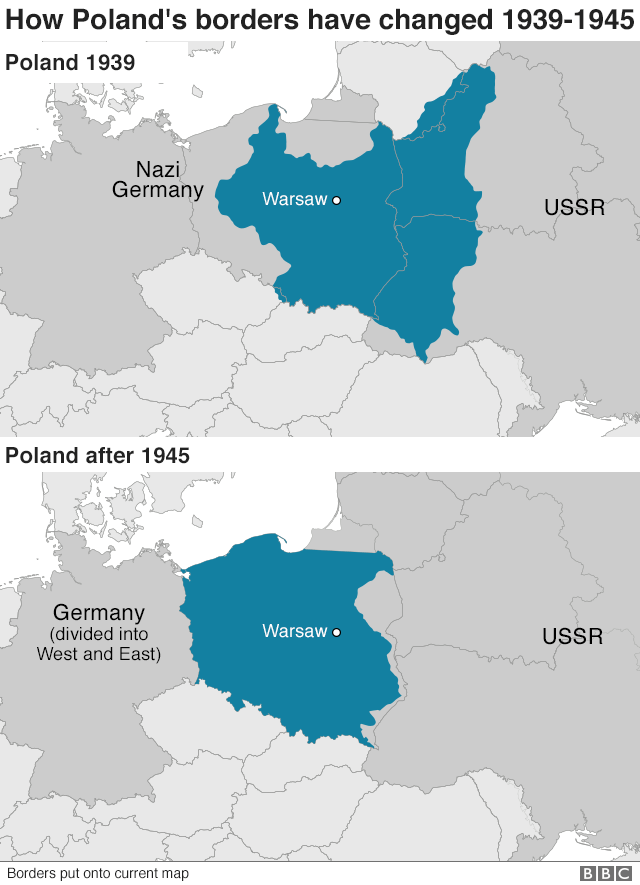
Richard “Dick” Ewell replacing Jackson in the Second Corps and Lt. The Army of Northern Virginia reorganized from two corps to three, with Lt.

The campaign began under a dark shadow: Lee’s creative and aggressive corps commander, Lieutenant General Thomas “Stonewall” Jackson, had been mortally wounded by his own men at Chancellorsville. Additionally, any victories won on Northern soil would put political pressure on Abraham Lincoln’s administration to negotiate a settlement to the war, or might lead to the South’s long hoped-for military alliance with England and France. This would take pressure off Virginia’s farms during the growing season, especially in the “breadbasket of the Confederacy,” the Shenandoah Valley. In the wake of Confederate victory at Chancellorsville, Virginia (May 1–4, 1863), Lee decided to attempt a second invasion of the North. “Old Snapping Turtle,” as he was called, was brusque with subordinates and superiors alike and would not be promoted to major general in the regular army until August 18, 1864. Meade, for example, was a Major General of United States Volunteers (USV) but only a brigadier general in the regular army when he was placed in charge of the Army of the Potomac. Ranks shown for regular army Union officers at the Battle of Gettysburg are their ranks as commanders of U.S. These largely irreplaceable losses to the South’s largest army, combined with the Confederate surrender of Vicksburg, Mississippi, on July 4, marked what is widely regarded as a turning point-perhaps the turning point-in the Civil War, although the conflict would continue for nearly two more years and witness several more major battles, including Chickamauga, Spotsylvania Courthouse, Monocacy, Nashville, etc. Confederate casualties were 28,063 (3,903 dead, 18,735 injured, and 5,425 missing), more than a third of Lee’s army. Casualties at Gettysburg totaled 23,049 for the Union (3,155 dead, 14,529 wounded, 5,365 missing). The Civil War: A Film by Ken Burns – 150th Commemorative Edition DVDīattle Summary: The Battle of Gettysburg, Pennsylvania (July 1–July 3, 1863), was the largest battle of the American Civil War as well as the largest battle ever fought in North America, involving around 85,000 men in the Union’s Army of the Potomac under Major General George Gordon Meade and approximately 75,000 in the Confederacy’s Army of Northern Virginia, commanded by General Robert Edward Lee. Gettysburg Battle Recreation From Our Store » See all Gettysburg Articles Gettysburg Resources » View our Gettysburg Maps Gettysburg ArticlesĮxplore articles from the HistoryNet archives about the Battle of Gettysburg

» See all Gettysburg Pictures Gettysburg Maps View maps of the Gettysburg Battlefield Gettysburg Pictures » More about Gettysburg Casualties Gettysburg Battlefield The Gettysburg Address Text Gettysburg Casualties Lee Soldiers Engagedīattle Dates: July 1-3, 1863 Important Events & Figures

Gettysburg, Pennsylvania, in Adams County GeneralsĬonfederate General: Robert E.


 0 kommentar(er)
0 kommentar(er)
